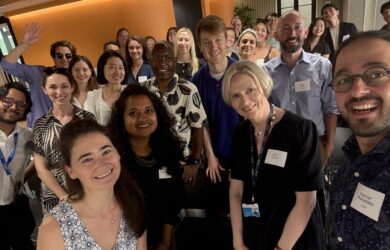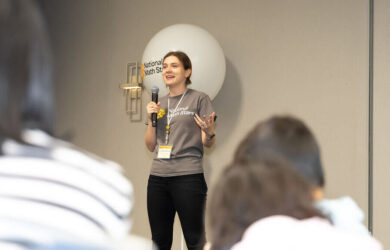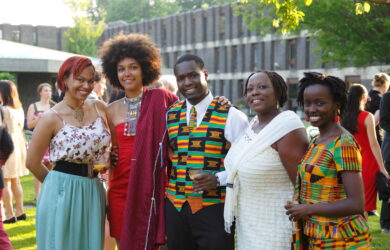Pradipta Biswas edits handbook on the development of interactive services for the elderly and disabled.
A handbook which aims to help researchers and practitioners make it easier for elderly and disabled people to use interactive services like subtitling and audio cassette versions of books has been edited by a Gates Cambridge alumnus.
Pradipta Biswas [2006] is first editor of the book A multimodal end-2-end approach to accessible computing, published by Springer. He is also first author of three chapters.
Pradipta, who completed his PhD in Computer Science in 2010, was invited to edit the book by the editorial director of Springer while he was organising the Developing intelligent user Interfaces for e-accessibility workshop in Lisbon last year. The workshop‘s purpose was to improve the quality of interaction experience for a wide range of users.
Over the last 11 months Pradipta contacted colleagues and collated and edited the material.
The book aims to address some challenges for the production of accessible interactive services, such as industry ignorance and the fact that existing research and development on interactive systems often works for ‘average’ users and excludes a certain portion of the population who find it difficult to use existing systems and may benefit from intelligent adaptation of the interface.
The book, which is divided into sections on design, development, deployment and maintenance, illustrates the state of the art of technology and sketches a vision for accessibility in the near future by considering challenges faced by accessibility practitioners at research institutes, industries and legislative institutes like international standardisation organisations in different parts of the world.
Pradipta says: “I felt there was a gap in the existing literature on accessible computing, although it is one of the most significant challenges for the 21st century considering the growing elderly population. It was not easy to write or edit a comprehensive summary of this vast field, but thanks to my colleagues, now we have a book that covers the whole life cycle of designing, developing and maintaining accessible products and services and systems using novel modalities of interaction (gesture, eye tracking and so on).”












